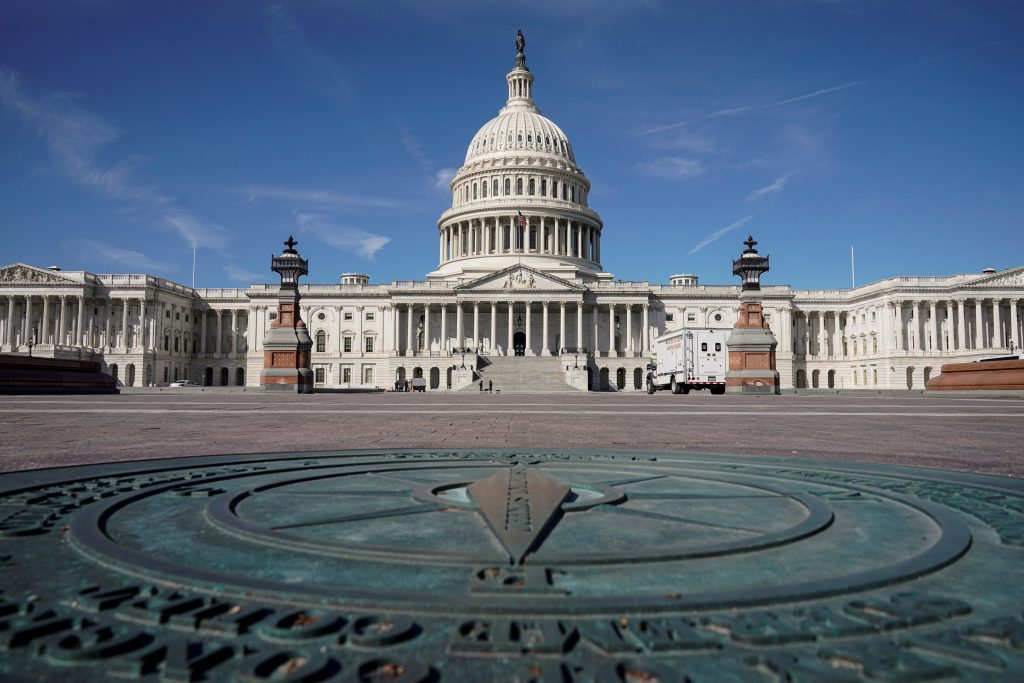Public Health Programs see Surge in Students Amid Pandemic

Public health programs in the United States have seen a surge in enrollment as the coronavirus has swept through the country, killing more than 247,000 people. As state and local public health departments struggle with unprecedented challenges — slashed budgets, surging demand, staff departures and even threats to workers’ safety —- a new generation is entering the field.
Among the more than 100 schools and public health programs that use the common application — a single admissions application form that students can send to multiple schools — there was a 20% increase in applications to master’s in public health programs for the current academic year, to nearly 40,000, according to the Association of Schools and Programs of Public Health.
Some programs are seeing even bigger jumps. Applications to Brown University’s small master’s in public health program rose 75%, according to Annie Gjelsvik, a professor and director of the program.
Demand was so high as the pandemic hit full force in the spring that Brown extended its application deadline by over a month. Seventy students ultimately matriculated this fall, up from 41 last year.
“People interested in public health are interested in solving complex problems,” Gjelsvik said. “The COVID pandemic is a complex issue that’s in the forefront every day.”
Public health students are already working on the front lines of the nation’s pandemic response in many locations. Students at Brown’s public health program, for example, are crunching infection data and tracing the spread of the disease for the Rhode Island Department of Health.
These students are entering a field that faced serious challenges even before the pandemic exposed the strains on the underfunded patchwork of state and local public health departments. An analysis by The Associated Press and Kaiser Health News found that since 2010, per capita spending for state public health departments has dropped by 16%, and for local health departments by 18%. At least 38,000 state and local public health jobs have disappeared since the 2008 recession.
And the workforce is aging: Forty-two percent of governmental public health workers are over 50, according to the de Beaumont Foundation, and the field has high turnover. Before the pandemic, nearly half of public health workers said they planned to retire or leave their organizations for other reasons in the next five years.
Brian Castrucci, CEO of the de Beaumont Foundation, which advocates for public health, said government public health jobs need to be a “destination job” for top graduates of public health schools.
“If we aren’t going after the best and the brightest, it means that the best and the brightest aren’t protecting our nation from those threats that can, clearly, not only devastate from a human perspective, but from an economic perspective,” Castrucci said.
To Read The Full Story
Are you already a subscriber?
Click "Sign In" to log in!

Become a Web Subscriber
Click “Subscribe” below to begin the process of becoming a new subscriber.

Become a Print + Web Subscriber
Click “Subscribe” below to begin the process of becoming a new subscriber.

Renew Print + Web Subscription
Click “Renew Subscription” below to begin the process of renewing your subscription.





